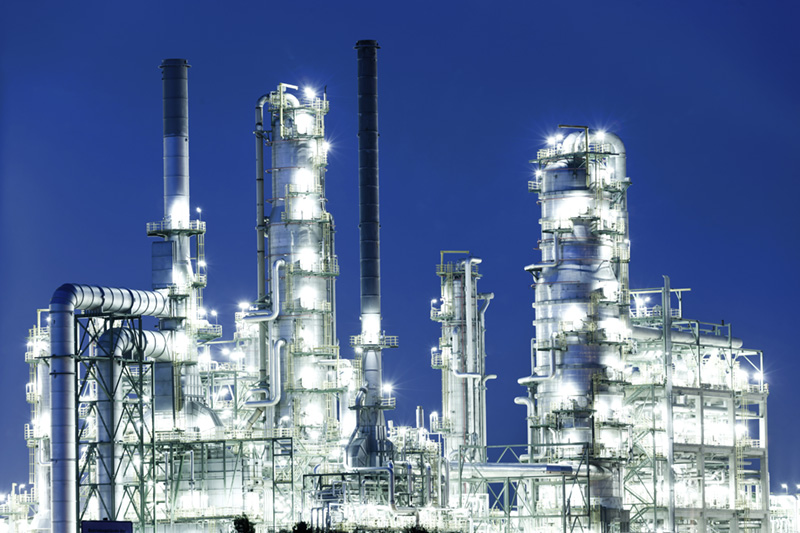

VoltaChem partner in Power-2-Ammonia project
28-01-2016
 Shared Innovation Program VoltaChem participates in the Power-2-Ammonia project that was initiated by ISPT. In the project ten parties from the energy and chemistry sector will investigate the extent to which ammonia can be locally generated using renewable electricity. Thanks to the growing number of wind turbines and solar panels, the supply of renewable electricity will sharply increase in the coming years. At times when there is a surplus of renewable electricity, it can be converted to ammonia locally using small-scale plants.
Shared Innovation Program VoltaChem participates in the Power-2-Ammonia project that was initiated by ISPT. In the project ten parties from the energy and chemistry sector will investigate the extent to which ammonia can be locally generated using renewable electricity. Thanks to the growing number of wind turbines and solar panels, the supply of renewable electricity will sharply increase in the coming years. At times when there is a surplus of renewable electricity, it can be converted to ammonia locally using small-scale plants.
Advantages of ammonia as a fuel
Like natural gas, energy companies can use the produced and stored ammonia at any desired moment as a fuel to generate electricity. Ammonia can be stored as a liquid: a standard tank of 60.000 m3 contains about 211 GWh of energy, equivalent to the annual production of roughly 30 land-based wind turbines. Ammonia can be burnt in a clean way: water and nitrogen are released; no CO2 and little or no nitrogen oxides. Furthermore the industry can use this ammonia as a renewable raw material for the production of fertilizer and other products. To conclude, electricity generated by wind turbines could be solely used to produce ammonia, thus avoiding a connection to the electricity grid and avoiding many kilometers of expensive power cables.
Ammonia can be produced with existing technologies that use electricity to split water into hydrogen and oxygen and subsequently using high temperatures and pressure to convert the hydrogen plus nitrogen from the air into ammonia.
Renewable electricity: use ammonia to balance demand and supply
The supply of renewable electricity is expected to grow in the near future. At times when there is a surplus of renewable electricity, it can be converted to ammonia locally using small-scale plants. Thanks to the presence of a relatively large process industry, the Netherlands is unique in its ability to balance the supply and demand of renewable electricity this way. This ability facilitates the rapid transition to a sustainable energy system.
Partners Power-2-Ammonia
Power-2-Ammonia is a collaboration between ISPT, Stedin Infra Services, Nuon, VoltaChem partner ECN, TU Delft, UT Twente, Proton Ventures, OCI Nitrogen, CE Delft and AkzoNobel.
Link with VoltaChems Power-2-Hydrogen Program Line
This project perfectly matches VoltaChems Power-2-Hydrogen Program Line that looks at the production of hydrogen as well as further reactions (e.g. methanol, ammonia, formic acid). The main challenges that are addressed are the development of low-cost electrolyzers, low cost manufacturing and engineering, flexibility (e.g. load following, start-up/shutdown) and selection of financially attractive follow-up conversions.
In case you're interested in the opportunities to participate in VoltaChem, please contact Yvonne van Delft.
Share this page: